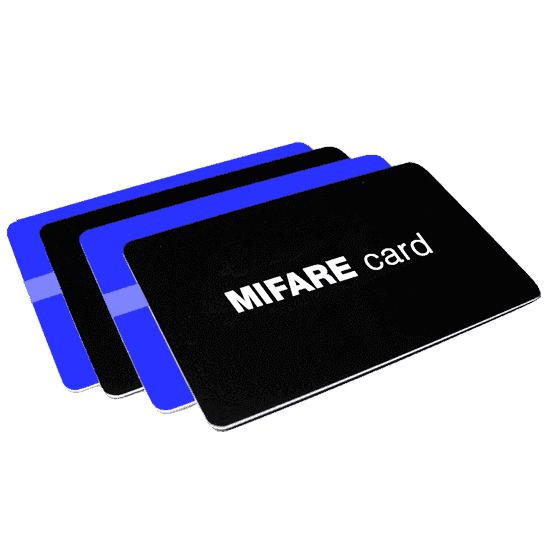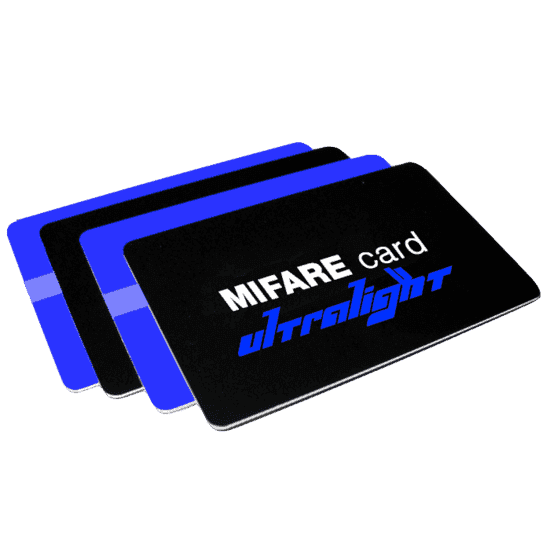MIFARE: technology, products, use and price

MIFARE is a word you often hear, do you know what it is?
MIFARE ® is a registered trademark, property of the company NXP Semiconductors. The use of MIFARE has become so widespread (more than 70% of market share) that today the term MIFARE is used extensively to designate any kind of RFID product: MIFARE card, MIFARE badge, MIFARE tag, MIFARE label. But MIFARE is a precise technology, which has its strengths and disadvantages which you must know to ensure the compatibility of the MIFARE card with your application.




